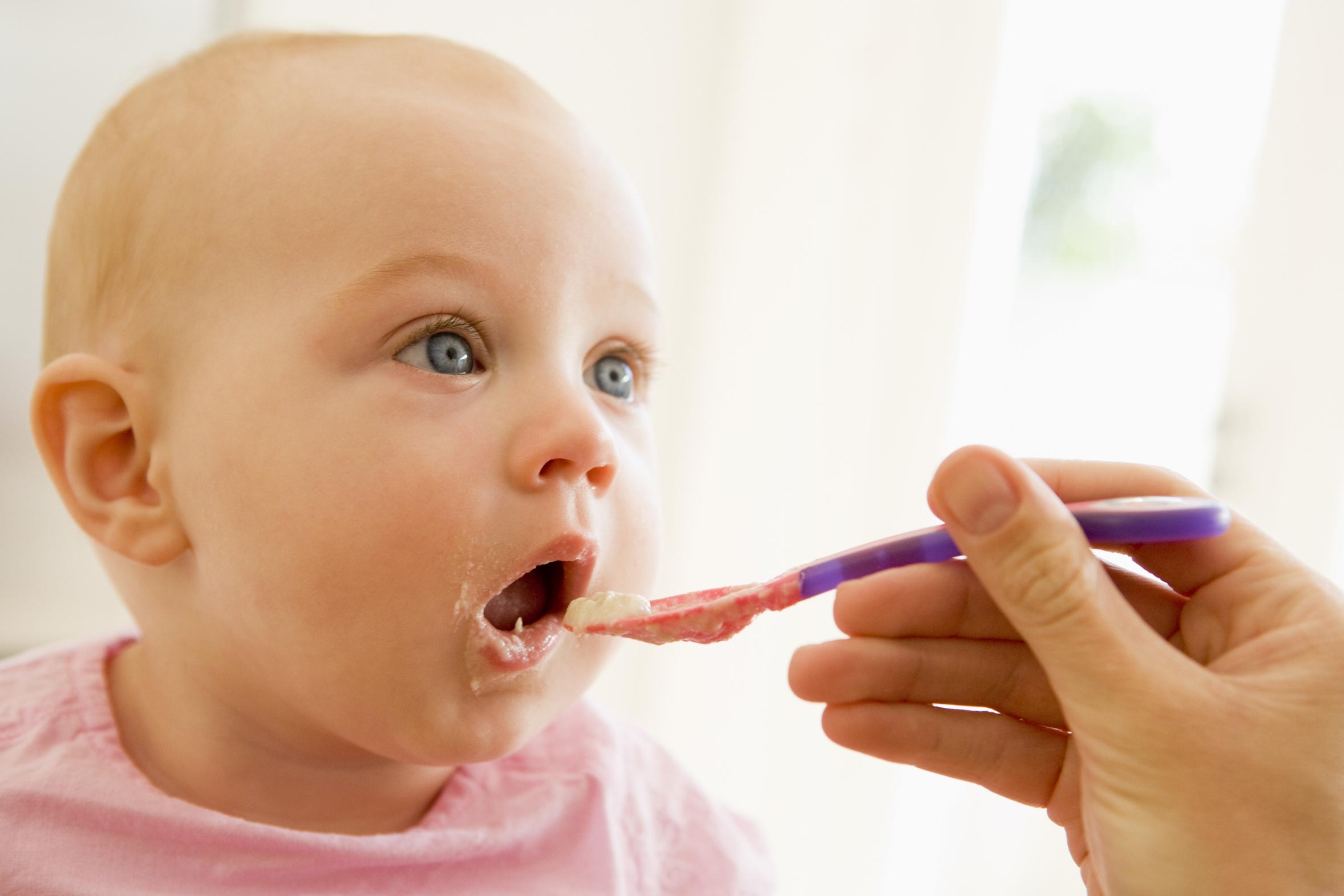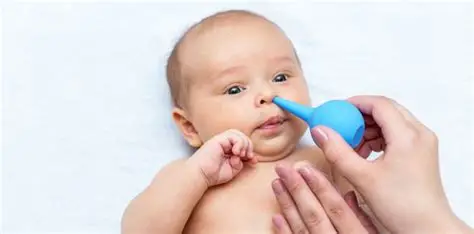Motor skills are the foundational abilities that allow children to move and interact with their environment. These skills are crucial for a child’s overall development, impacting everything from daily self-care to academic performance and social interaction. When we talk about motor skills, we categorize them into two main types:
- Gross Motor Skills: These involve the large muscle groups in the body and are responsible for movements like crawling, walking, running, jumping, balancing, and throwing. Developing gross motor skills helps children gain strength, coordination, and agility, allowing them to explore their surroundings and participate in physical play.
- Fine Motor Skills: These involve the smaller muscles, primarily in the hands and fingers, and are essential for precise movements. Examples include grasping, holding, drawing, writing, buttoning clothes, and manipulating small objects. Fine motor development is critical for tasks requiring hand-eye coordination and dexterity.
Both types of motor skills develop progressively from birth, with each milestone building upon the previous one. Providing the right toys and encouragement plays a significant role in helping children practice and master these essential movements.
A Brief History of Educational Toys: The concept of using toys for educational purposes isn’t new. Historically, toys like dolls and miniature weapons served to teach societal roles. In the 18th and 19th centuries, figures like John Locke advocated for educational play, leading to innovations like Locke’s Blocks (alphabet blocks) and jigsaw puzzles (initially “dissected maps” for geography). The 20th century saw the rise of construction sets like LEGO and Montessori manipulatives, further solidifying the role of toys in fostering development. Today, this tradition continues with a vast array of toys designed to enhance specific motor skills.
How to Introduce Toys to Encourage Motor Skills: A Step-by-Step Guide
Introducing toys effectively means choosing the right ones and creating an environment that encourages engagement and exploration.
Step 1: Understand Developmental Stages and Choose Age-Appropriate Toys
The key to successful motor skill development through play is ensuring the toys match your child’s current developmental stage and challenge them appropriately without causing frustration.
- For Infants (0-12 months) – Focus on Early Gross & Fine Motor Skills:
- Gross Motor: Look for toys that encourage tummy time, reaching, rolling, pushing up, sitting, crawling, and pulling to stand.
- Examples: Play mats with hanging toys (for reaching/batting), soft balls (for rolling/pushing), tummy time mirrors, activity gyms, baby walkers (stationary or push-along for early walkers), play tunnels (for crawling).
- Fine Motor: Focus on grasping, holding, bringing objects to the mouth, and transferring objects between hands.
- Examples: Rattles, soft textured blocks, safe teethers, fabric books, activity cubes with simple buttons/levers, stacking rings with large pieces.
- Gross Motor: Look for toys that encourage tummy time, reaching, rolling, pushing up, sitting, crawling, and pulling to stand.
- For Toddlers (1-3 years) – Building on Mobility and Hand Dexterity:
- Gross Motor: Toys that promote walking, running, climbing, pushing, pulling, and balancing.
- Examples: Push-and-pull toys (wagons, animal pull-toys), ride-on toys (scooters, trikes), soft climbing structures (foam blocks, small slides), balls of various sizes (for kicking, throwing, catching), tunnels.
- Fine Motor: Toys that encourage stacking, nesting, inserting, turning, scribbling, and simple manipulation.
- Examples: Large building blocks (Duplo, Mega Bloks), shape sorters, pegboards with large pegs, chunky puzzles with knobs, pop-up toys, Play-Doh (with supervision), large crayons.
- Gross Motor: Toys that promote walking, running, climbing, pushing, pulling, and balancing.
- For Preschoolers (3-5 years) – Refining Coordination and Precision:
- Gross Motor: Toys that encourage more complex movements like hopping, skipping, jumping, climbing, and advanced throwing/catching.
- Examples: Bicycles with training wheels, jump ropes, balance beams, outdoor play equipment (swings, climbing frames), sports balls (soccer, basketball), obstacle course components.
- Fine Motor: Toys that foster drawing, cutting, threading, buttoning, zipping, and intricate building.
- Examples: Smaller building blocks (LEGO bricks), lacing beads, child-safe scissors and paper, art supplies (paints, markers), puzzles with more pieces, pattern blocks, dressing dolls with fasteners.
- Gross Motor: Toys that encourage more complex movements like hopping, skipping, jumping, climbing, and advanced throwing/catching.
Step 2: Create an Engaging and Safe Play Environment
The physical space where your child plays is just as important as the toys themselves.
- Clear the Area: Ensure there’s enough clear space for gross motor activities like crawling, walking, running, and climbing without obstructions. For fine motor play, provide a comfortable, well-lit surface.
- Accessibility: Place toys within easy reach of your child. For infants, place toys slightly out of reach during tummy time to encourage stretching and reaching.
- Safety First: Always supervise play, especially with smaller parts that could be choking hazards for children under three. Check toys regularly for wear and tear.
- Rotate Toys: Don’t put out all toys at once. Rotate them every few weeks to keep things fresh and exciting, maintaining your child’s interest and encouraging them to explore different motor skills.
Step 3: Demonstrate and Play Together
Children learn best through observation and imitation. Your active participation is invaluable.
- Model the Action: Show your child how to use a toy. For example, demonstrate how to stack blocks, roll a ball, or insert shapes into a sorter.
- Engage in Parallel Play: Play alongside your child, doing similar activities but allowing them their own exploration.
- Provide Verbal Encouragement: Use simple, positive language to praise their efforts, even if they don’t succeed immediately. “You’re trying so hard to stack that block!” or “Great job pushing the car!”
- Narrate Actions: Describe what you’re doing and what they’re doing. “I’m rolling the ball to you!” or “You’re picking up that small bead.” This connects the physical action to language.
Step 4: Offer Open-Ended Play Opportunities
Toys that can be used in multiple ways are excellent for fostering creativity and allowing children to challenge their motor skills organically.
- Limit Electronic Toys: While some electronic toys have educational value, prioritize toys that require physical manipulation rather than just pressing buttons.
- Embrace Simple Toys: Blocks, scarves, empty boxes, and sensory bins (e.g., with rice, beans, or water and cups) offer endless possibilities for motor skill practice.
- Encourage Problem-Solving: Let your child figure out how to use a toy or overcome a challenge. Resist the urge to jump in immediately. For instance, if a child is struggling to fit a shape, let them try different angles before offering a hint.
Step 5: Follow Your Child’s Lead and Be Patient
Every child develops at their own pace. Respect their individual interests and abilities.
- Observe: Pay attention to which toys and activities your child gravitates towards. This indicates their current interests and developmental readiness.
- Don’t Force It: If a child isn’t interested in a particular toy or activity, don’t force it. Reintroduce it another time or try a different approach. Play should always be enjoyable.
- Celebrate Small Victories: Acknowledge and celebrate every new motor skill milestone, no matter how small. The joy of accomplishment is a powerful motivator.
- Integrate Play into Daily Routines: Simple activities like helping to put toys away, dressing themselves, or helping in the kitchen (stirring, pouring under supervision) also build motor skills.
Frequently Asked Questions (FAQ)
Q1: What are the two main types of motor skills?
The two main types of motor skills are gross motor skills, which involve large muscle movements (like walking, running, jumping), and fine motor skills, which involve small muscle movements (like grasping, writing, buttoning).
Q2: How can I tell if a toy is appropriate for my child’s motor skill development?
A toy is appropriate if it challenges your child slightly, encourages active engagement (rather than passive observation), and is safe for their age group (e.g., no choking hazards for young children). Consider if it promotes reaching, grasping, pushing, pulling, balancing, or manipulating small objects.
Q3: My child seems uninterested in the motor skill toys I buy. What should I do?
First, ensure the toys are truly age-appropriate. Second, try demonstrating how to use the toy yourself and play alongside them. Rotate toys to maintain novelty. Sometimes, simpler, open-ended items like scarves, cardboard boxes, or even household items (under supervision) can be more engaging than complex toys.
Q4: Can screen time affect motor skill development?
Excessive screen time can potentially hinder motor skill development because it often involves passive consumption rather than active physical engagement. While some educational apps exist, hands-on play is crucial for developing both gross and fine motor skills. Balance is key.
Q5: Are there any specific toys that are universally good for motor skills across different ages?
Yes, some classic toys adapt well. Blocks (large for toddlers, smaller for preschoolers) are excellent for both fine motor (grasping, stacking) and gross motor (reaching, moving around to build). Balls are fantastic for gross motor skills at almost any age. Puzzles (chunky knob puzzles for toddlers, jigsaw for older children) develop fine motor skills and problem-solving.
Q6: When should I be concerned about my child’s motor skill development?
While every child develops at their own pace, if you notice significant delays in reaching motor milestones (e.g., not sitting by 9 months, not walking by 18 months, consistent difficulty with fine motor tasks expected for their age), or if they seem unusually clumsy or uncoordinated, it’s advisable to consult with your pediatrician. They can assess development and recommend appropriate interventions if needed.





